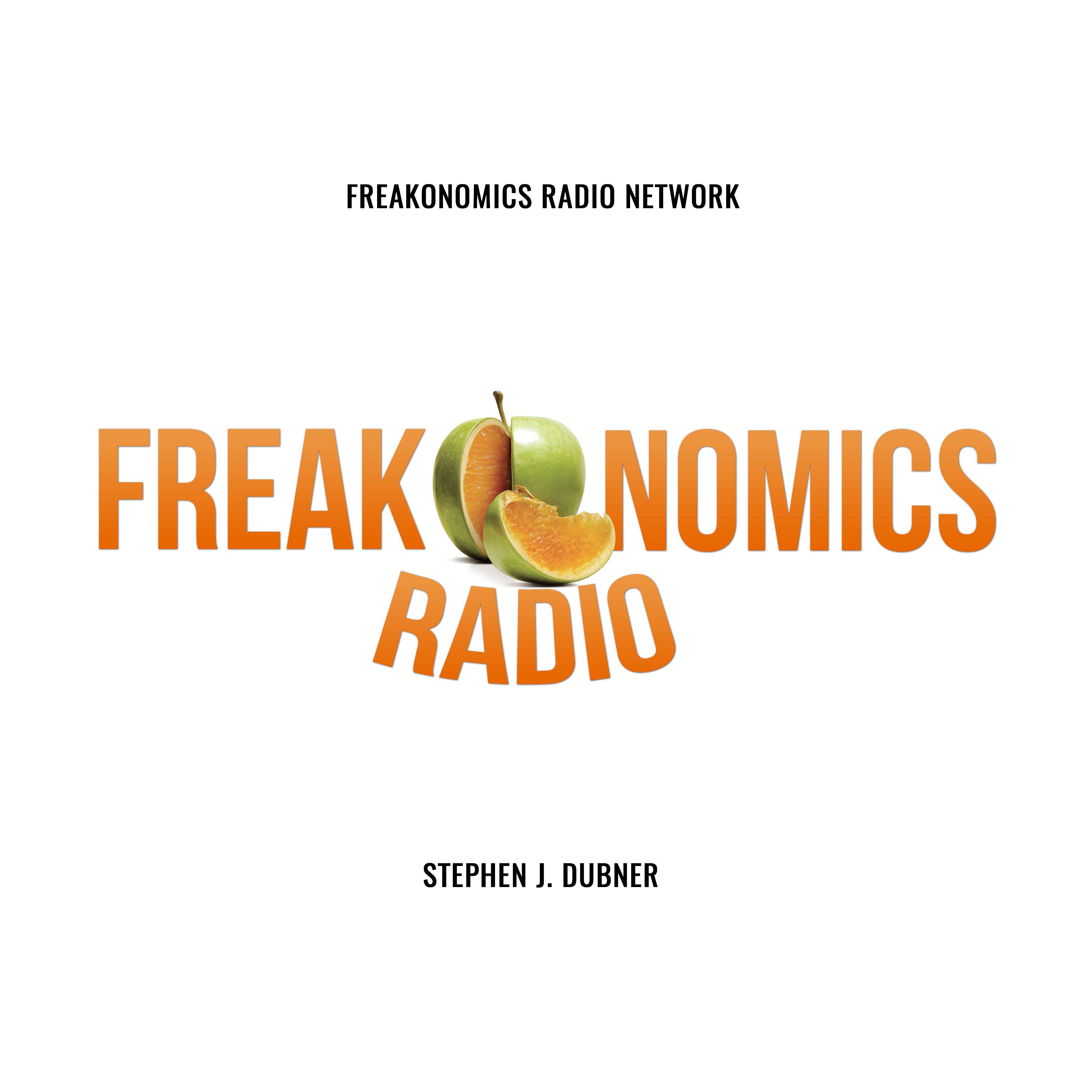
616. How to Make Something from Nothing

Freakonomics Radio
Deep Dive
Why did Adam Moss decide to write a book after retiring from magazine editing?
After retiring from magazine editing, Moss took up painting but found it unsatisfying. This frustration led him to write 'The Work of Art,' a book exploring how creative people make something from nothing, which helped him regain a sense of fulfillment.
What was Adam Moss's role as an editor-in-chief?
As an editor-in-chief, Moss was responsible for deciding the direction and content of the magazine, shaping its identity, and managing a team of story editors, visual designers, copy editors, and production staff to create a cohesive final product.
How did Adam Moss describe his approach to editing?
Moss described himself as exacting, with a high but somewhat elusive standard. He aimed to push his team to care as much about the final product as he did, balancing grandiosity with humility in recognizing that the magazine was a group effort.
What was the central theme of Adam Moss's book, 'The Work of Art'?
The book focuses on the process of creation, exploring how various artists and creators bring their ideas to life. It also delves into the personality traits and challenges that enable someone to create something from nothing.
Why did Adam Moss find writing a book more challenging than editing magazines?
Writing a book required Moss to engage in a solitary, internal dialogue, which he found unbearably lonely compared to the collaborative nature of magazine editing. He had to teach himself how to write effectively, stripping away unnecessary ornamentation.
What did Adam Moss learn from his experience with painting that influenced his book?
Moss learned that the joy of creating lies in the act of making itself, rather than the final product. This realization helped him shift his perspective on his own creative work, focusing on the process rather than the outcome.
How did Adam Moss's mentorship style influence his approach to leadership?
Moss saw mentorship as a crucial part of leadership, aiming to help his team find independence while aligning with the magazine's goals. He enjoyed seeing his team develop strong points of view and even challenge him, which he saw as a sign of growth.
What advice did Adam Moss give to those seeking mentorship?
Moss advised recognizing the importance of learning and teaching, being open to being taught, and signaling one's openness to mentorship. He emphasized the mutual benefits of mentorship, where both parties can learn from each other.
How did Adam Moss's experience as a boss influence his later role as a writer and podcaster?
Moss's experience as a boss taught him the importance of setting high standards and fostering a collaborative environment. These lessons translated into his work as a writer and podcaster, where he continued to value exacting standards and group creation.
What does Adam Moss's book suggest about the role of failure in creativity?
Moss's book highlights that failure is an integral part of the creative process. It encourages readers to embrace failure as a learning opportunity, essential for growth and the development of artistic confidence.
- Adam Moss's career as a magazine editor
- His transition to author and painter
- The concept of mentorship in his career
Shownotes Transcript
Adam Moss was the best magazine editor of his generation. When he retired, he took up painting. But he wasn’t very good, and that made him sad. So he wrote a book about how creative people work— and, in the process, he made himself happy again.
SOURCE:
Adam Moss), magazine editor and author.
RESOURCES:
The Work of Art: How Something Comes from Nothing)*, *by Adam Moss (2024).
"Goodbye, New York. Adam Moss Is Leaving the Magazine He Has Edited for 15 Years)," by Michael M. Grynbaum (*The New York Times, *2019).
Salt, Fat, Acid, Heat: Mastering the Elements of Good Cooking)*, *by Samin Nosrat (2017).
EXTRAS:
"David Simon Is On Strike. Here’s Why)," by *People I (Mostly) Admire *(2023).
"Samin Nosrat Always Wanted to Be Famous)," by *Freakonomics Radio *(2023).
"What’s Wrong with Being a One-Hit Wonder?)" by *Freakonomics Radio *(2023).